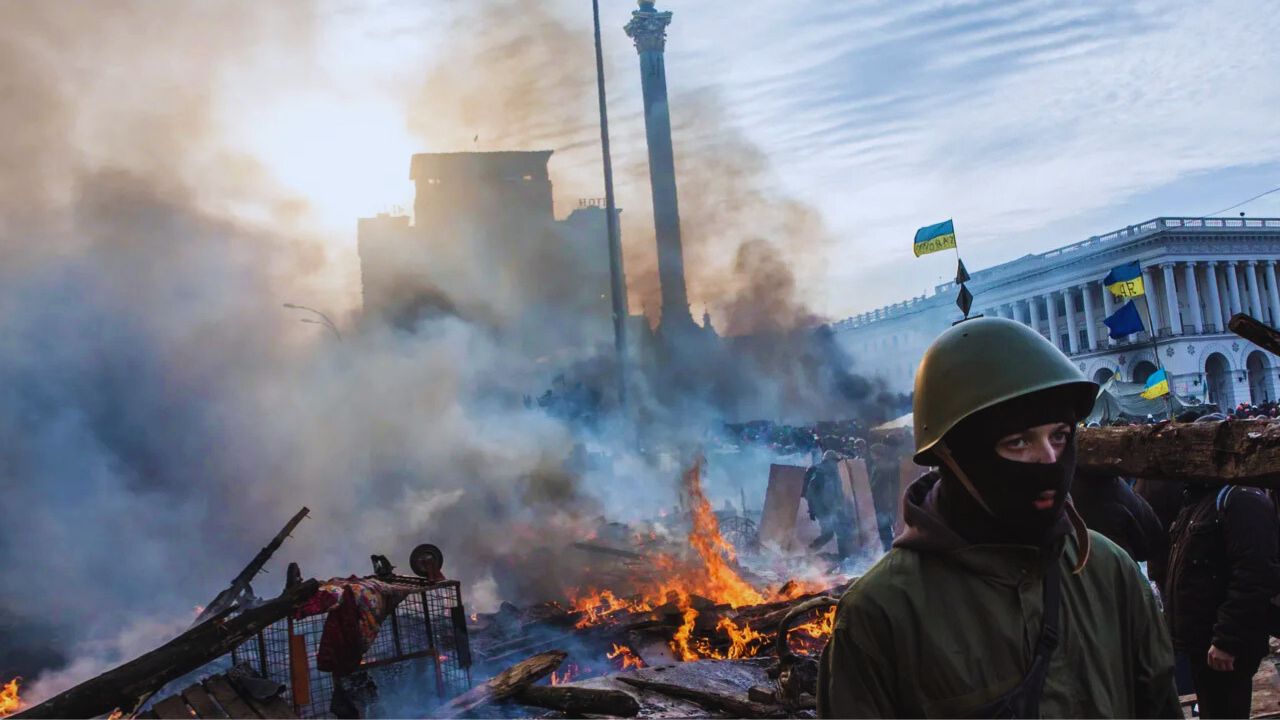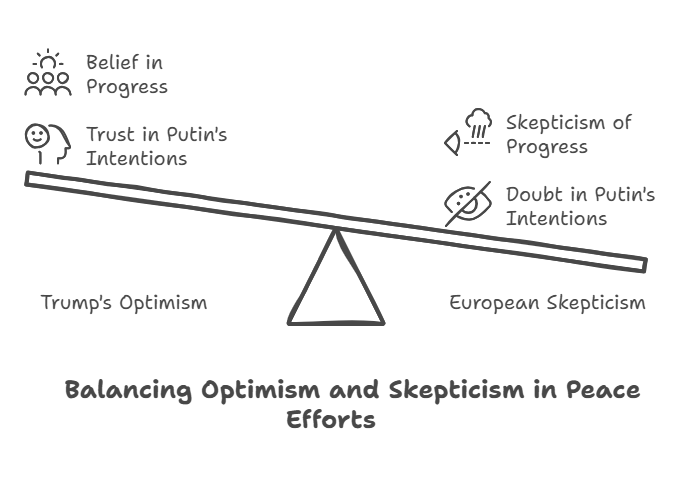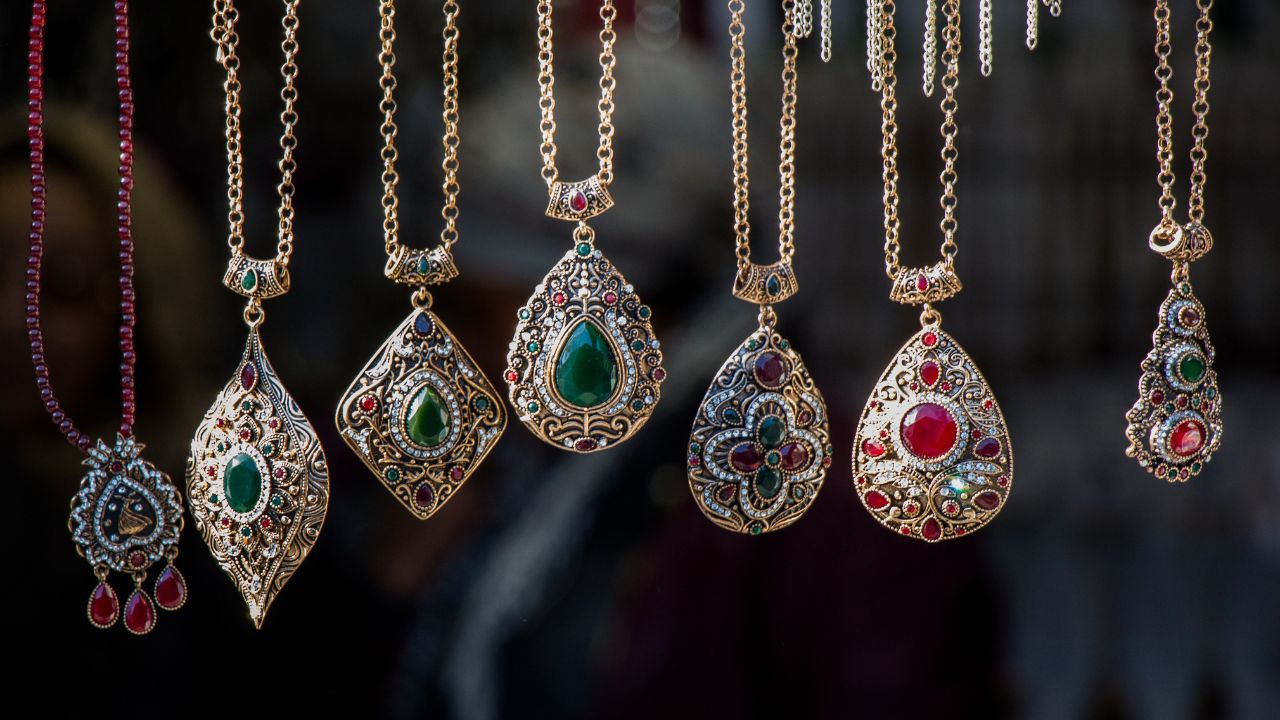In a chilling escalation of the ongoing Russia-Ukraine war, Kyiv came under a massive aerial assault late Friday night (May 23, 2025), as Russia launched a coordinated attack involving both drones and missiles. Explosions echoed across the Ukrainian capital throughout the night and into Saturday morning, forcing thousands of residents to flee to underground subway shelters for protection.
According to Kyiv Mayor Vitali Klitschko, more than 20 Iranian-made Shahed drones were detected en route to the capital. Ukraine’s air defense systems successfully intercepted most of them, but falling debris sparked fires in several districts, including Solomianskyi, Obolon, and Dniprovskyi. The Kyiv City Military Administration reported that at least six people were injured, and multiple buildings—including a shopping mall and residential complexes—sustained damage.
Emergency Response and Damage Assessment
Acting head of Kyiv’s military administration, Tymur Tkachenko, confirmed on Telegram that emergency services responded swiftly to the scenes. Two fires were extinguished in Solomianskyi district alone, while damage to civilian infrastructure was being assessed in Obolon. Drone fragments also caused power disruptions and smashed windows in residential buildings.
The Ukrainian Air Force stated that the attack involved 175 Shahed drones and at least one ballistic missile, underlining the continued intensity of Russian aerial warfare tactics.
Prisoner Swap Offers Rare Moment of Cooperation
Just hours before the air raid, Ukraine and Russia began the first phase of a large-scale prisoner exchange—a rare diplomatic breakthrough in a conflict that has otherwise defied all efforts at ceasefire. The swap involved 390 prisoners on each side, including both military personnel and civilians, making it the largest exchange of captives since the war began in February 2022.
The agreement was brokered during a meeting in Istanbul on May 16, attended by Turkish Foreign Minister Hakan Fidan, who described the deal as a “confidence-building measure.” The exchanged individuals were transferred at the border between Belarus and northern Ukraine, according to Ukrainian officials.
Emotional Reunions and Human Toll
As buses carrying freed Ukrainian prisoners arrived, families holding signs with names and photos of missing loved ones gathered in hopes of a reunion. Many of the returning soldiers and civilians had endured harsh conditions and isolation. One freed Ukrainian serviceman reportedly identified a missing comrade’s portrait among the crowd, rekindling hope for those still detained.
In Belarus, the Russian Defense Ministry confirmed that the returned Russian prisoners were transferred to medical facilities for treatment and debriefing. Images released by state media showed emotional reunions, with relatives shouting names and calling out brigade numbers.
President Volodymyr Zelenskyy praised the operation, noting that while hundreds had returned, many more still awaited liberation. He vowed to continue negotiations to bring them home.
Diplomatic Efforts Face Setbacks Despite Temporary Progress
Despite the humanitarian gesture of the prisoner exchange, broader peace efforts remain fragile. Following the Istanbul talks, Kremlin spokesperson Dmitry Peskov acknowledged that no future meeting venue had been agreed upon yet. Meanwhile, Russian Foreign Minister Sergey Lavrov said Moscow was preparing to present Ukraine with a draft of a potential peace proposal—though no specific terms or timeline have been disclosed.
Former U.S. President Donald Trump added a dramatic twist to the ongoing diplomacy by revealing that he had held a two-hour phone call with President Vladimir Putin earlier in the week. In an interview with reporters, Trump called the conversation “excellent” and claimed that “some progress” was made.
Asked whether he trusted Putin and believed Russia wanted peace, Trump replied, “I do.” His comments sparked mixed reactions, with European leaders warning that Putin may be using such gestures to buy time and gain battlefield advantages while avoiding real concessions.
Trump also proposed the Vatican as a neutral venue for further talks, but officials in Kyiv and Brussels expressed skepticism about Russia’s intentions.
No Ceasefire Yet as War Rages Along Front Line
While diplomatic efforts continue behind closed doors, the 620-mile front line remains active and deadly. Clashes have intensified in eastern Ukraine, with both sides suffering heavy casualties. Russian forces continue to make small territorial gains, especially in the Donetsk and Luhansk regions, according to British and American defense officials.
Russia’s Defense Ministry stated it had shot down 788 Ukrainian drones between May 20 and May 23, including in areas far from the direct conflict zone. Ukrainian military sources confirmed ongoing drone campaigns targeting Russian supply lines and command posts, particularly in occupied Crimea.
Despite the scale of destruction and loss, neither side has indicated a willingness to pause hostilities. Analysts suggest that both nations are currently focused on improving their battlefield leverage before resuming meaningful peace talks.
International Reactions and Next Steps
Western Support for Ukraine Remains Firm
NATO officials reiterated support for Ukraine’s defense during a press briefing on Saturday, emphasizing the importance of air defense systems like the U.S.-supplied Patriot missiles, which have been crucial in defending Kyiv from aerial threats.
European Union foreign affairs chief Josep Borrell also responded to the attacks, saying that “any peace process must be based on Ukraine’s territorial integrity and international law.”
Turkish Role as Mediator
Turkey continues to position itself as a mediator in the conflict. Foreign Minister Hakan Fidan, whose country hosted the recent Istanbul meeting, stated that Ankara is committed to facilitating further dialogue. He added that additional phases of the prisoner swap are planned and that negotiations for humanitarian corridors are ongoing.
Fragile Progress in a Deeply Divided War
The events of this week—marked by both violent escalation and fragile diplomacy—highlight the complex duality of the ongoing war. The massive drone and missile attack on Kyiv reminded the world of the destructive capacity still being wielded, while the prisoner exchange signaled that cooperation, however limited, is still possible.
As families reunite and others continue to wait, the hope for a lasting peace remains distant. With international leaders watching closely, the next few weeks may determine whether diplomacy gains traction—or whether the battlefield continues to dominate the course of this devastating conflict.





































